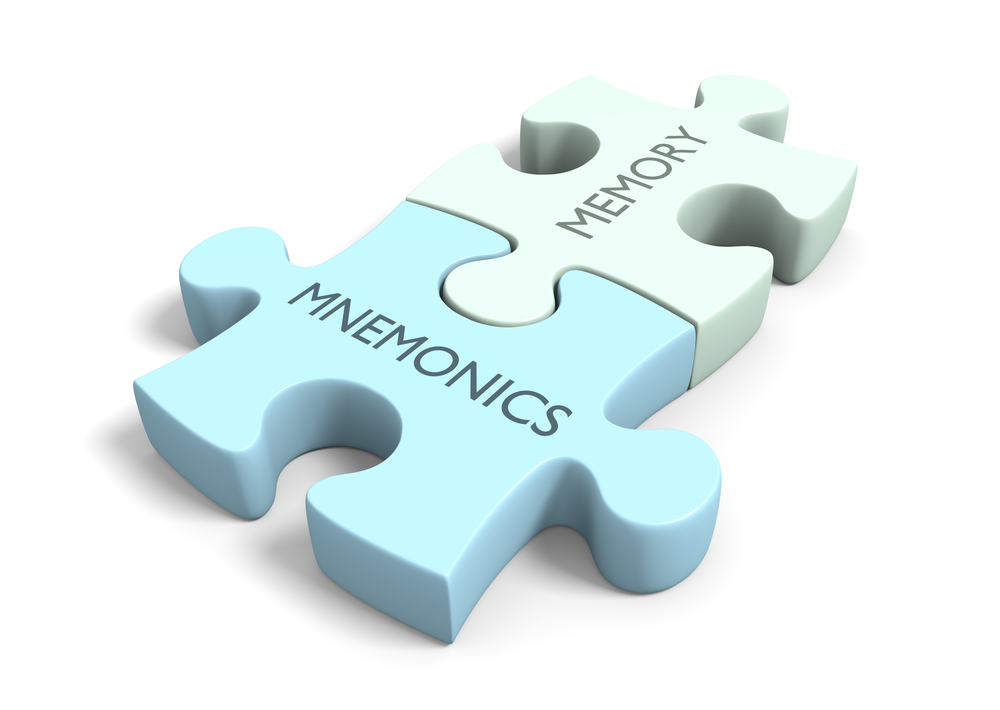People who have ever used a Bitcoin wallet may have gone through the process of trying to recover it. In most cases, this is done by using the wallet.dat file and importing it into a different client. This method is not necessarily convenient when restoring a wallet, though, as it cannot be done if the wallet.dat file is lost. This is where mnemonic seeds come into the picture, as they remove the need for this backup file altogether.
Mnemonic Seeds Are A Better Backup Solution
When it comes to exporting and importing a cryptocurrency wallet, using the associated data file can be quite problematic. A lot of [novice] users do not create a backup of this wallet file, even though it is direly needed in case if something goes awry. Without the file, it is virtually impossible to reclaim a previous cryptocurrency wallet, unless one can somehow access this particular .dat file in one way or another. People relying on web wallets will not have any issues with this process, though.
A while ago, wallet developers started contemplating how they can alleviate this concern. Several desktop, mobile, and hardware wallet solutions started using mnemonic seeds to restore wallet address. Such a mnemonic seed is a collection of random words which need to be put in the right order to restore access to the wallet. It also means an existing mnemonic-based bitcoin wallet address can be imported into different solutions supporting mnemonic seeds.
One of the most commonly used services to make use of mnemonic seeds is Blockchain.info. The company uses the mnemonic passphrase when new users sign up for the service. It also means users are still being able to access their funds even if they lose the login information for the web-based version of the wallet. It is important for people to note this seed down somewhere, preferably on a piece of paper rather than using computer-based solutions.
Mnemonic seeds have become somewhat of the norm in the world of cryptocurrency wallets these days. Even popular hardware wallet solutions use this method, and often include a paper sheet for users to note down their phrase. Every wallet has its own unique seed, even though they can be comprised of the same words as that of another user. The order in which these words need to be entered is what sets every mnemonic wallet apart, though.
It is worth mentioning mnemonic seeds were introduced to the Bitcoin world back in 2013 through BIP-0032. All of the words used are often very easy to remember, yet it is critical to get them in the right order. Every deterministic wallet in the world of cryptocurrency uses mnemonic seeds these days. This provides additional security for the user, as well as a convenient solution to recover a wallet, should that ever be needed in the first place. There is no reason not to use a mnemonic-capable wallet.
All of this goes to show cryptocurrency enthusiasts need to treat their wallet with the utmost respect. A mnemonic seed will ensure no one else can import their wallet information, yet that can only be guaranteed if the user stores this seed in a safe and secure manner. When choosing your cryptocurrency wallet, choosing one that is Hierarchical Deterministic is your safest bet since they always use mnemonic seeds.
If you liked this article, follow us on Twitter @themerklenews and make sure to subscribe to our newsletter to receive the latest bitcoin, cryptocurrency, and technology news.

